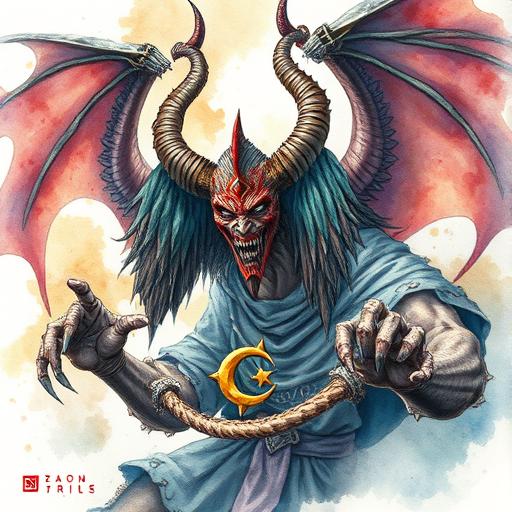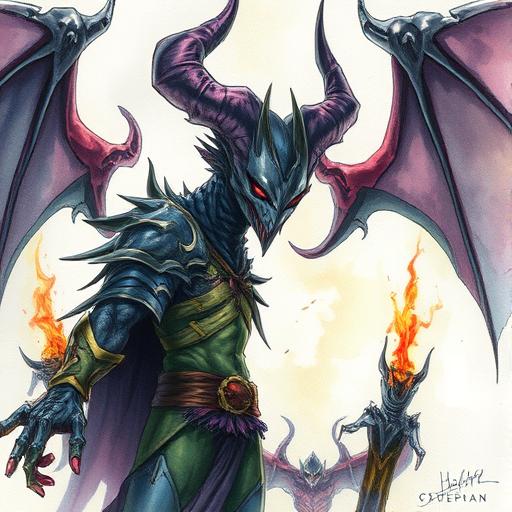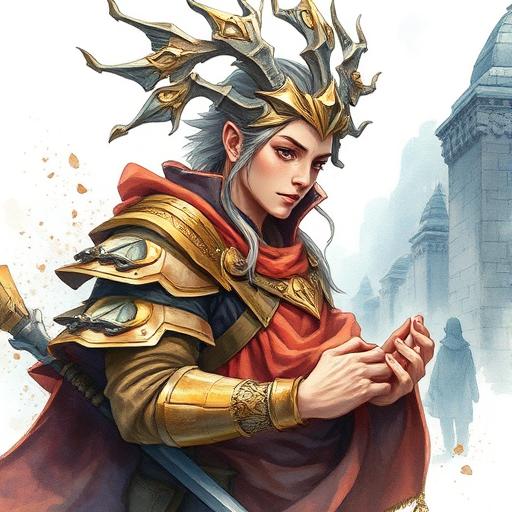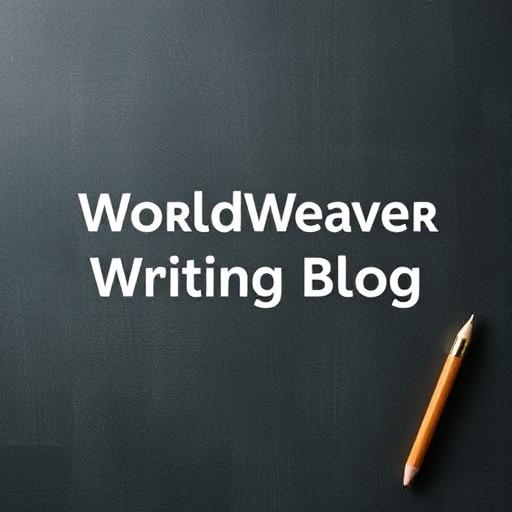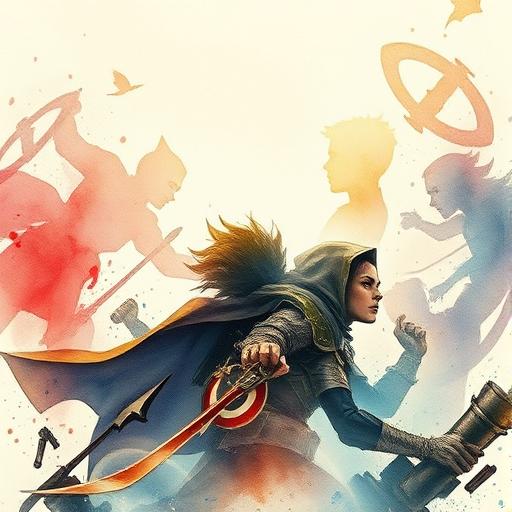Crafting Memorable Villain Backstories for Enhanced Storytelling Techniques
Learn how to create complex and believable villain backstories to elevate your storytelling, and discover the secrets to making your antagonists more relatable and engaging. This article provides practical tips and examples to help writers craft compelling villain backstories.
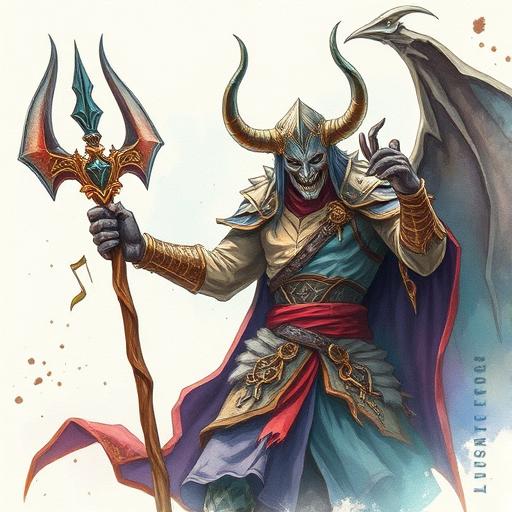
Introduction to Villain Backstories
A well-crafted villain backstory can make all the difference in creating a believable and engaging story. It's what sets apart a one-dimensional antagonist from a complex, relatable character. As discussed in our previous article on creating memorable villains, a good villain should have a rich history that informs their motivations and actions.
The Importance of Backstory
A villain's backstory is essential in understanding their motivations and desires. It provides context to their actions and helps to create a sense of depth and complexity. A good backstory should:
- Explain the villain's motivations and goals
- Provide insight into their personality and behavior
- Create a sense of empathy or understanding for the villain's perspective
- Add depth and complexity to the story
Crafting a Compelling Backstory
To craft a compelling villain backstory, you should consider the following elements:
- Trauma or hardship: A traumatic event or hardship can shape the villain's personality and motivations. For example, a character who experienced a tragic loss may become driven by a desire for revenge or power.
- Moral ambiguity: A good villain should exist in a gray area between good and evil. They should have a compelling reason for their actions, even if it's not justifiable.
- Contrast: A villain's backstory should contrast with their current personality or actions. This contrast creates tension and makes the character more interesting.
Examples of Effective Villain Backstories
Some examples of effective villain backstories include:
- The tragic hero: A character who was once a hero, but was driven to villainy by circumstance or tragedy. Examples include Anakin Skywalker from the Star Wars franchise or Magneto from the X-Men comics.
- The anti-hero: A character who exists in a gray area between good and evil, and may even have noble motivations. Examples include the Joker from the Batman comics or Tony Soprano from the TV show The Sopranos.
- The corrupted idealist: A character who was once driven by a noble goal, but became corrupted by power or circumstance. Examples include Sauron from J.R.R. Tolkien's The Lord of the Rings or the White Witch from C.S. Lewis's Chronicles of Narnia.
Integrating Backstory into Your Story
Once you have crafted a compelling villain backstory, you need to integrate it into your story. This can be done through:
- Flashbacks: Using flashbacks to reveal the villain's past and provide context for their motivations.
- Dialogue: Using dialogue to reveal the villain's backstory and personality.
- Action and behavior: Using the villain's actions and behavior to reveal their character and backstory.
Conclusion
Crafting a memorable villain backstory is essential for creating a compelling and engaging story. By considering the elements of trauma, moral ambiguity, and contrast, you can create a rich and complex backstory that adds depth to your story. For more information on crafting compelling character backstories, check out our article on crafting compelling character backstories for deeper stories. With practice and patience, you can create a villain that will leave a lasting impression on your readers.
Additional Resources
| Resource | Description |
|---|---|
| Creating Memorable Villains | Learn how to create complex and believable villains that will elevate your storytelling. |
| Crafting Compelling Character Backstories | Discover the secrets to crafting compelling character backstories that add depth and complexity to your story. |
By following these tips and examples, you can create a villain that will captivate and engage your readers, and take your storytelling to the next level.
Comments
Comments are hidden to save bandwidth. Load them when you want to read or leave one.
